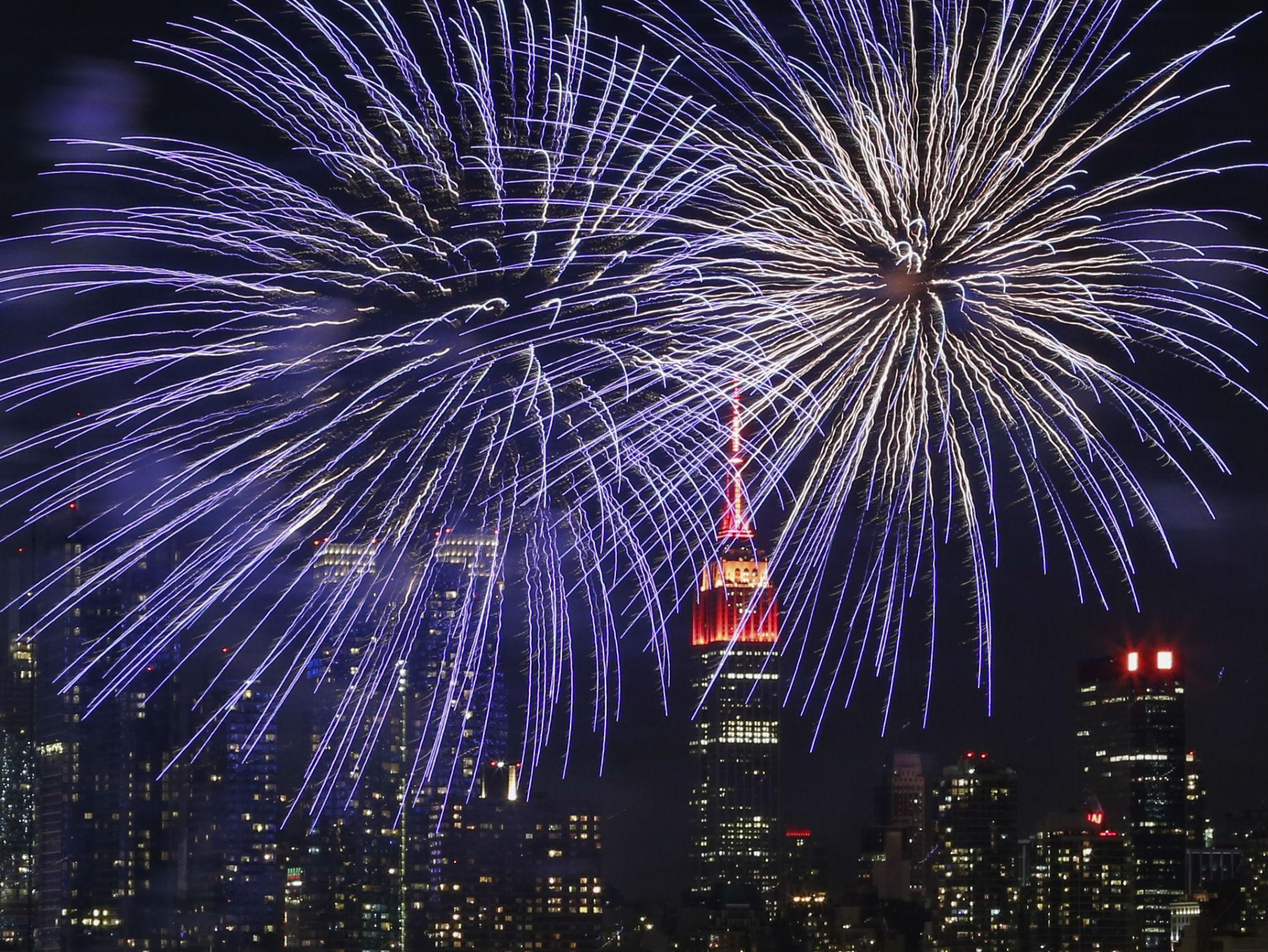Fourth of July: How do fireworks work? From classic blasts to hearts, smiles and stars
They're really not so complicated after all

Your support helps us to tell the story
From reproductive rights to climate change to Big Tech, The Independent is on the ground when the story is developing. Whether it's investigating the financials of Elon Musk's pro-Trump PAC or producing our latest documentary, 'The A Word', which shines a light on the American women fighting for reproductive rights, we know how important it is to parse out the facts from the messaging.
At such a critical moment in US history, we need reporters on the ground. Your donation allows us to keep sending journalists to speak to both sides of the story.
The Independent is trusted by Americans across the entire political spectrum. And unlike many other quality news outlets, we choose not to lock Americans out of our reporting and analysis with paywalls. We believe quality journalism should be available to everyone, paid for by those who can afford it.
Your support makes all the difference.On the Fourth of July, dazzling fireworks can take on something of a magical air.
They explode, creating bright flashes in multiple colours. They form the shapes of hearts, of stars, of smiling faces.
But fireworks are far from some magical invention that relies on the whims of wizards and witches to light up the night sky. Instead, they are an ancient product, created by the Chinese more than 1,000 years ago that were gradually improved upon over the millennia.
Those early Chinese fireworks came after a monk named Li Tian grabbed a piece of bamboo, and stuffed it with gunpowder. The resulting bang was thought to be enough scare away ghosts.
Modern day fireworks aren’t too much different from that, really. In their most basic form, they are composed of a shell, an explosive of some sorts, and a fuse to get things started.
Colour was added to the equation during the Italian renaissance, when it was discovered that steel and charcoal could be added to the gunpowder to produce yellow and orange. Scientists learned over the years after that strontium compounds will result in red light, copper will create blue, and barium will show up green. Like a painter’s pallet, those compounds can be mixed to create a range of colours.
Even today, though, professional firework displays aren’t incredibly complicated. They include a fuse that leads to the “lift charge” that launches the firework pod out of a mortar, a timed fuse to accompany that that leads to a shell containing gun powder (usually), and “stars”, or the treated pieces lined up in the firework that will emit light.
An array of methods can be employed for the desired effect. Stars can be lined up all around the shell so that they explode in every direction, or a firework maker can elect to place the stars in a specific pattern to create specific patterns, with the hopes that they will explode in a way that the shape is visible to the intended crowd.
Join our commenting forum
Join thought-provoking conversations, follow other Independent readers and see their replies
Comments